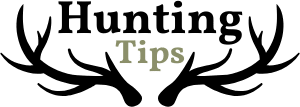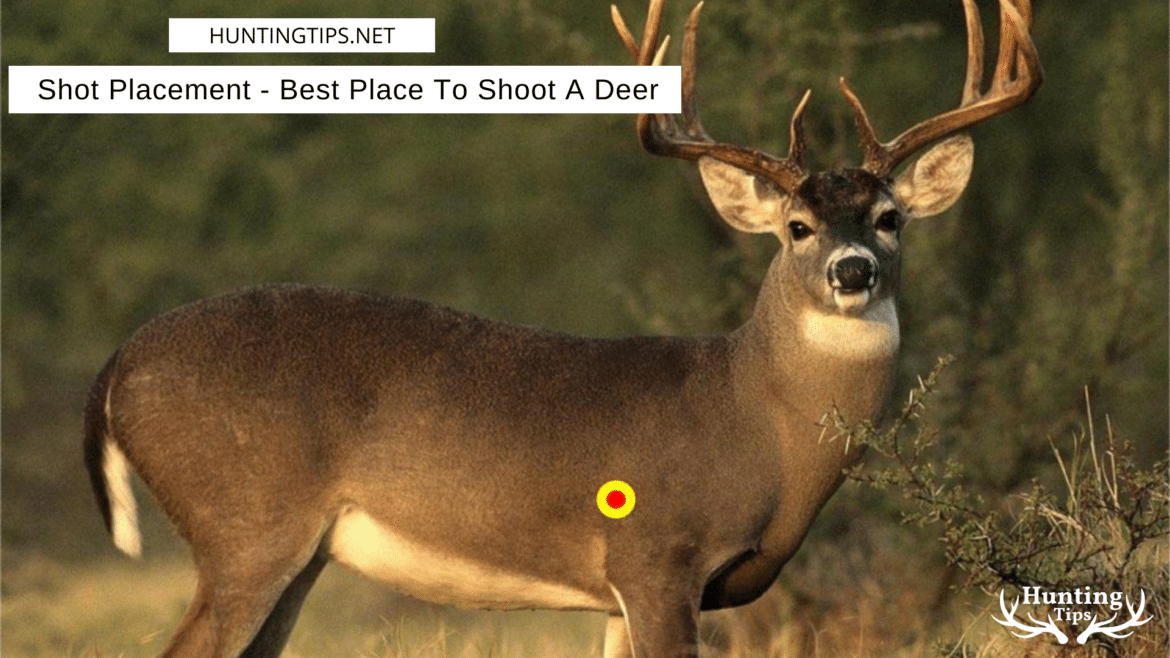Table of Contents
Every hunter dreams of a successful deer hunt, and every hunter wants to have a perfect shot at once but the key to turning that dream into reality lies in one important skill: shot placement. For a hunter knowing the best places to shoot a deer can make all the difference. In this guide, we’re uncovering expert strategies to pinpoint the best places to shoot a deer. Whether you’re aiming for precision or seeking to refine your technique, this article about the best place to shoot a deer elevates your hunting game and help you achieve your goals with confidence. Let’s dive in and discover how to make every shot count!
Understanding Shot Placement
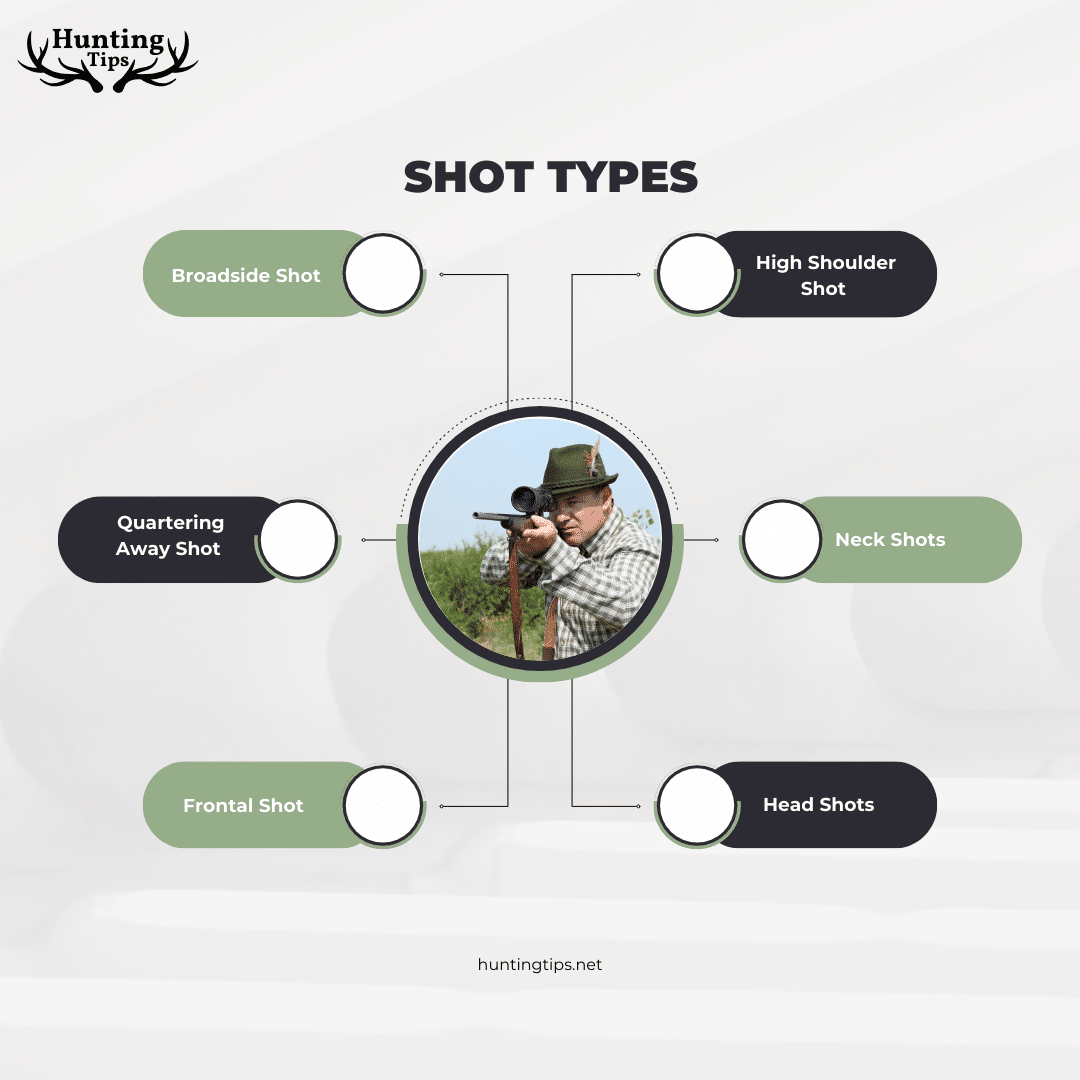 Proper deer shot placement is vital for a clean and ethical kill. The ideal shot varies depending on the deer’s position while you are hunting deer and the weapon used. Here’s a detailed look at different shot types and their effectiveness:
Proper deer shot placement is vital for a clean and ethical kill. The ideal shot varies depending on the deer’s position while you are hunting deer and the weapon used. Here’s a detailed look at different shot types and their effectiveness:
Broadside Shot
- When a deer is standing broadside, the broadside shot is often the most reliable option for hunters.
- Aim just behind the front leg, aligned with the shoulder blade, to target the heart and lungs.
- This placement provides a large target area, increasing the likelihood of a clean and ethical kill.
- The broadside shot offers a higher margin for error compared to other angles, making it a preferred choice among hunters.
To maximize effectiveness
-
- Ensure your rifle or bow is properly sighted.
- Maintain a steady aim for precise targeting.
- A broadside shot provides a clear view of the vital organs, enabling a quick and humane kill.
Quartering Away Shot
- A quartering-away shot occurs when the deer is angled away from the hunter.
- Aim just behind the front leg, slightly above the shoulder blade, for optimal shot placement.
- This angle allows the projectile to travel through vital organs, such as the lungs and heart, ensuring an effective and quick kill.
- Accurate shot placement is crucial to avoid hitting the shoulder blade or front leg, which can impede a clean kill.
- Account for the angle and distance when taking this shot to ensure precision.
- Use a rangefinder to gauge the distance accurately and adjust your aim accordingly.
- Practice regularly to become proficient in targeting vital organs from angled positions.
Frontal Shot
- The frontal shot is among the most challenging hunting shots, requiring precise aiming.
- Aim for the center of the chest, slightly below the neck, to target the heart and lungs.
- This position offers a small target area, leaving minimal margin for error, so accuracy is essential.
- While effective, the frontal shot demands skill, confidence, and careful shot placement.
- Wait for the deer to be in a stable and calm position before attempting this shot.
- Avoid rushing the shot, as sudden movements or haste can lead to a miss or a non-lethal wound.
High Shoulder Shot
- The high shoulder shot targets the upper part of the shoulder joint.
- This shot is effective for quickly incapacitating the deer by breaking the shoulder blade and front leg.
- Precision is crucial to avoid merely injuring the animal, as the shot requires accurate aim.
- The high shoulder shot ensures the deer is unable to run far, making it a good option for hunters seeking quick immobilization.
- Regular practice is essential to become skilled at hitting the upper shoulder area under hunting conditions.
Neck Shots
Neck shots aim to hit the spinal cord and brain, providing a quick kill if executed properly. For deer neck shot placement, target just above the front leg where the neck meets the chest. This shot requires precise accuracy due to the small target area and limited margin for error. It is ideal for a quick and effective kill but can be challenging under field conditions.
Ensure you are comfortable with your weapon and practice neck shots at the range to improve your accuracy. Only attempt this shot if you are confident in your ability to hit the small, critical area.
Head Shots
Head shots are among the most difficult and should only be attempted by experienced hunters. Aim for the brainstem or the base of the skull, where the head meets the neck. This shot demands a high level of skill and accuracy due to the small target area and minimal margin for error. Head shots can provide a quick and decisive kill but are risky if not executed perfectly. Due to the high level of difficulty, it’s crucial to only attempt a head shot if you have extensive practice and are confident in your abilities.
Choosing the Best Weapon and Equipment
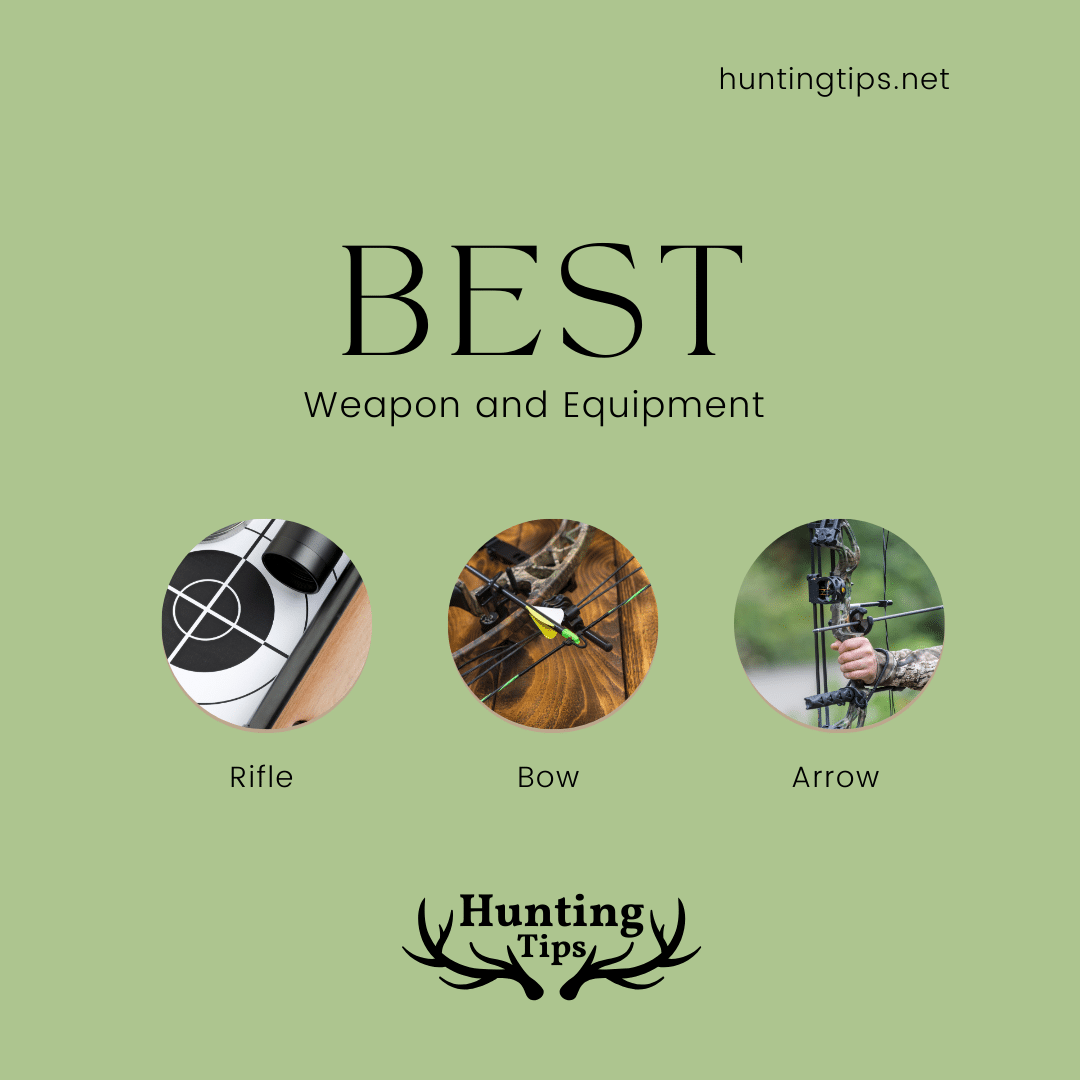 The choice of weapon significantly impacts the best place to shoot a deer. Different weapons require different considerations for shot placement:
The choice of weapon significantly impacts the best place to shoot a deer. Different weapons require different considerations for shot placement:
Best Place to Shoot a Deer with a Rifle
- The broadside shot is often the most effective choice for rifle hunters due to the rifle’s accuracy and range.
- Rifles provide precision and can effectively target vital organs such as the heart and lungs from a distance.
- Ensure your rifle is properly sighted to improve accuracy and reduce the margin for error.
- Use a quality scope to enhance your aim and increase shot reliability.
- Practice regularly with your rifle to become proficient in making accurate shots from various distances and angles.
Best Place to Shoot a Deer with a Bow
For crossbow hunters or those using traditional bows, the broadside shot remains ideal. However, best place to shoot a deer with a bow also includes aiming for the lung shot or heart shot if the deer is within close range. Bows require a more precise aim due to the slower speed of arrows compared to bullets. Accurate shot placement is crucial for ensuring a quick and humane kill.
Best Place to Shoot a Deer with an Arrow
The best place to shoot a deer with an arrow mirrors the bow shooting guidelines. Arrows need precise shot placement to ensure a lethal hit. Aiming for the heart and lungs is generally recommended. The quartering away shot can also be effective, provided you have a clear path through vital organs.
Utilizing Tree Stands and Other Strategies
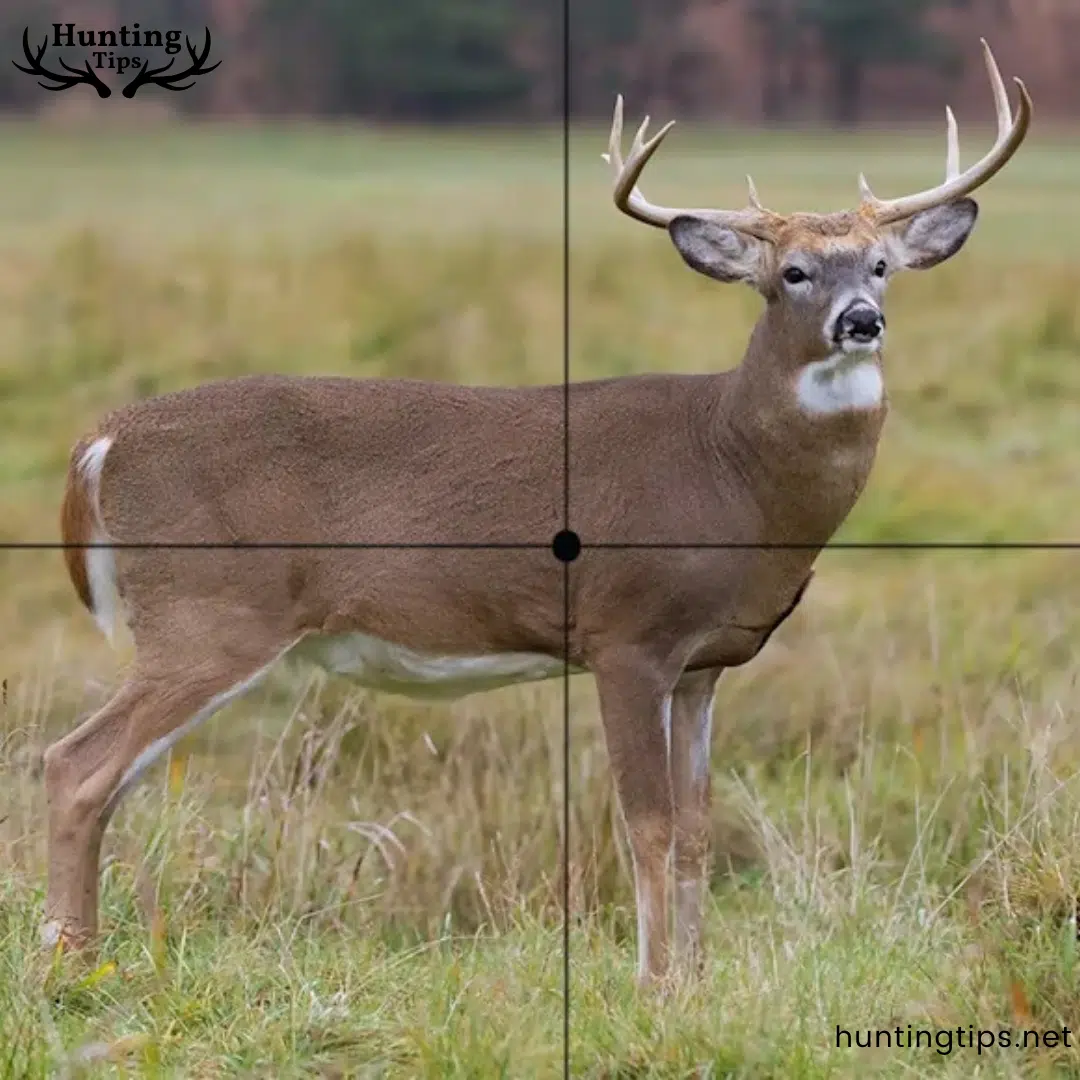 Tree stands provide an elevated vantage point, allowing you to observe deer from above and select the best shot placement. From a tree stand, you have a better view of the deer’s position and can choose the ideal moment for the shot. This elevated position can help you achieve a more accurate aim and improve your chances of a successful hunt.Ensure your aiming point is precise when shooting from a tree stand. Practice shooting from different heights and angles to become proficient in this type of hunting.
Tree stands provide an elevated vantage point, allowing you to observe deer from above and select the best shot placement. From a tree stand, you have a better view of the deer’s position and can choose the ideal moment for the shot. This elevated position can help you achieve a more accurate aim and improve your chances of a successful hunt.Ensure your aiming point is precise when shooting from a tree stand. Practice shooting from different heights and angles to become proficient in this type of hunting.
Recognizing and Tracking Your Deer
After making a shot, effective tracking is crucial. Look for a blood trail that indicates a successful hit. Different shots will result in varying blood characteristics. For instance, a lung shot typically produces a frothy blood trail, while a heart shot will show darker, thicker blood. Follow the blood trail carefully to locate the deer and ensure a successful hunt.
Conclusion
Selecting the best place to shoot a deer involves understanding various shot placement techniques and considering the weapon you are using. Whether aiming for a broadside shot, quartering away shot, or a more challenging neck shot, precision and practice are key. By knowing where to aim and using the right equipment, you can increase your chances of a successful and ethical hunt. Always consider the deer’s position and maintain a steady hand to ensure the best possible outcome.
